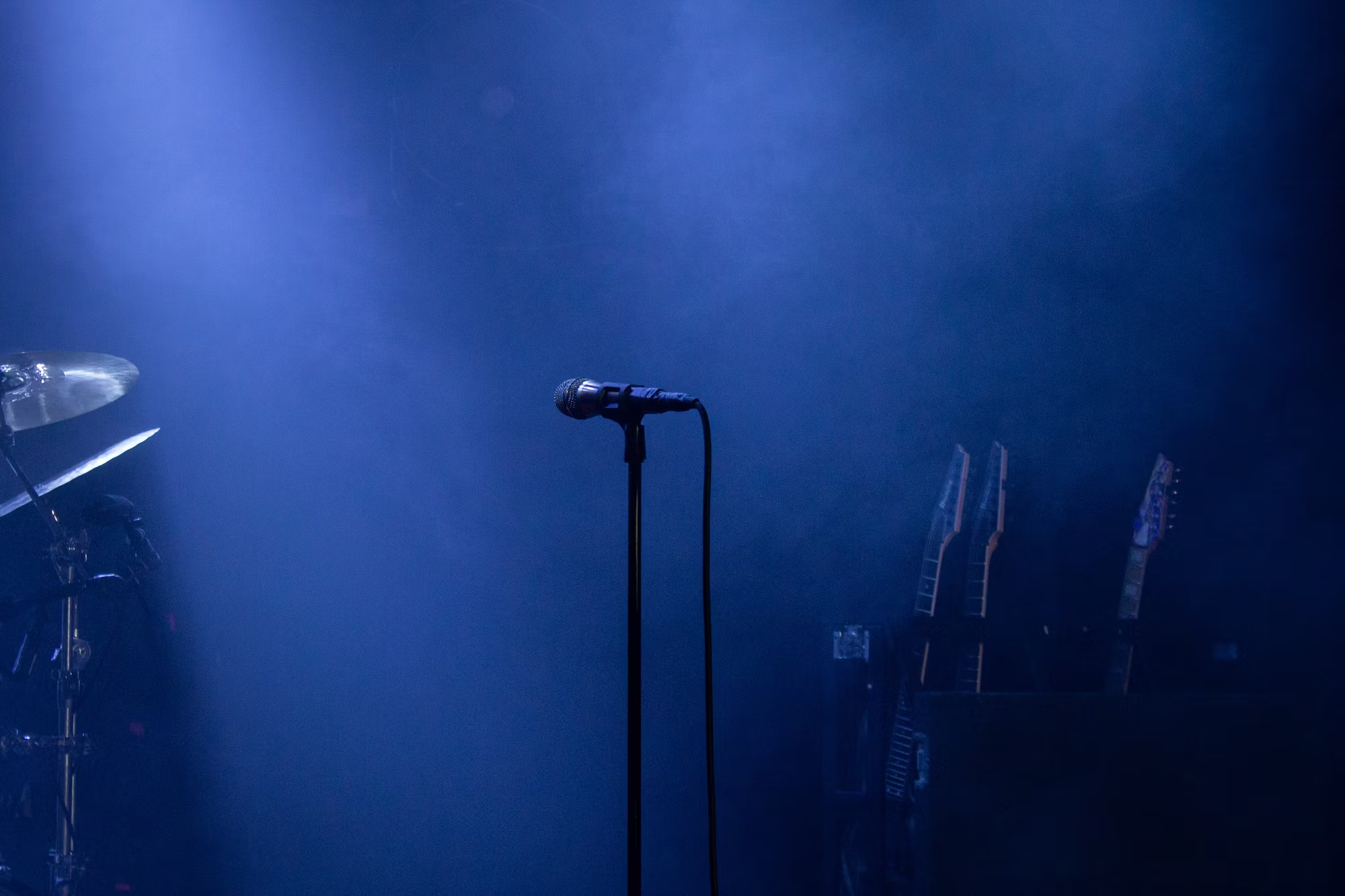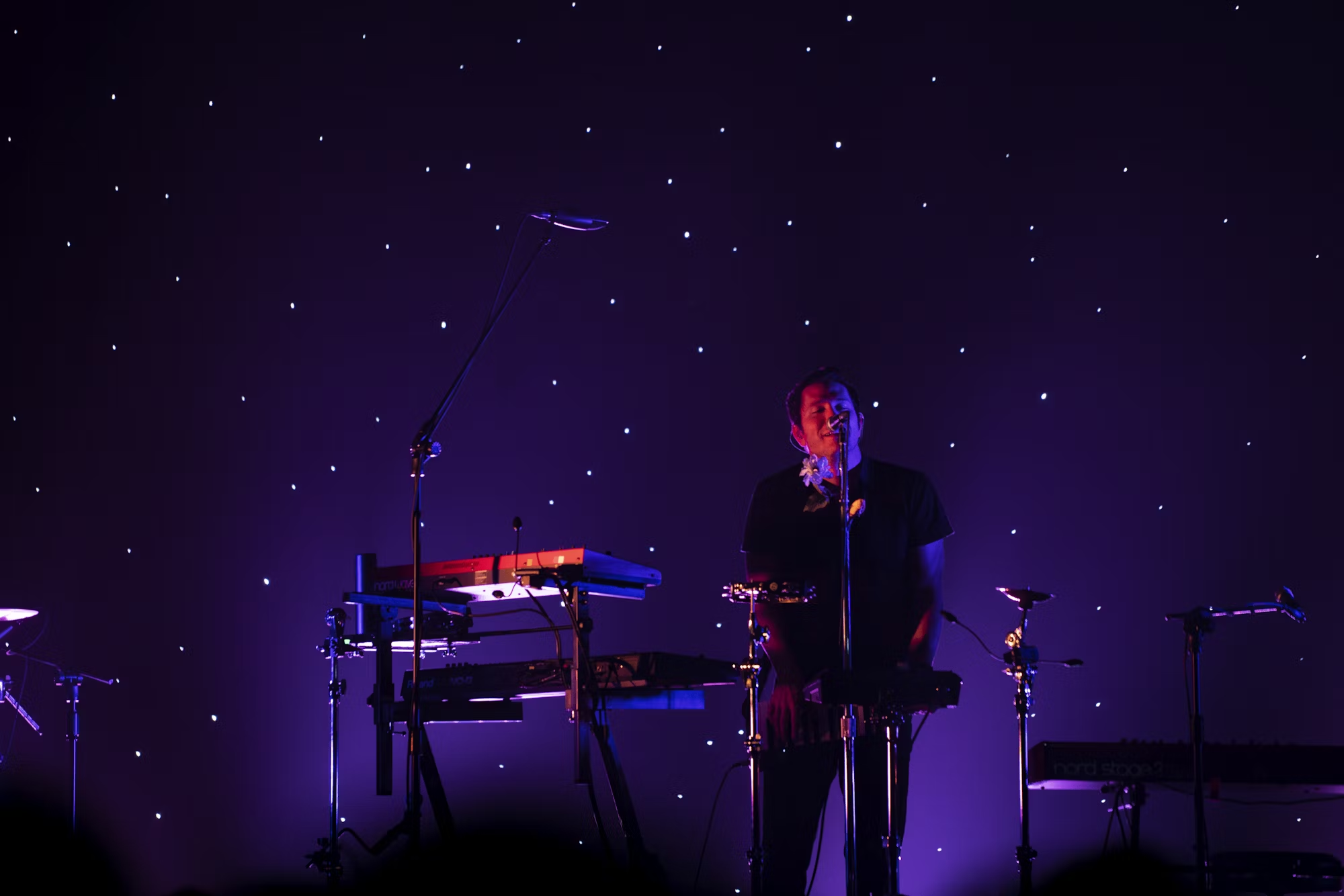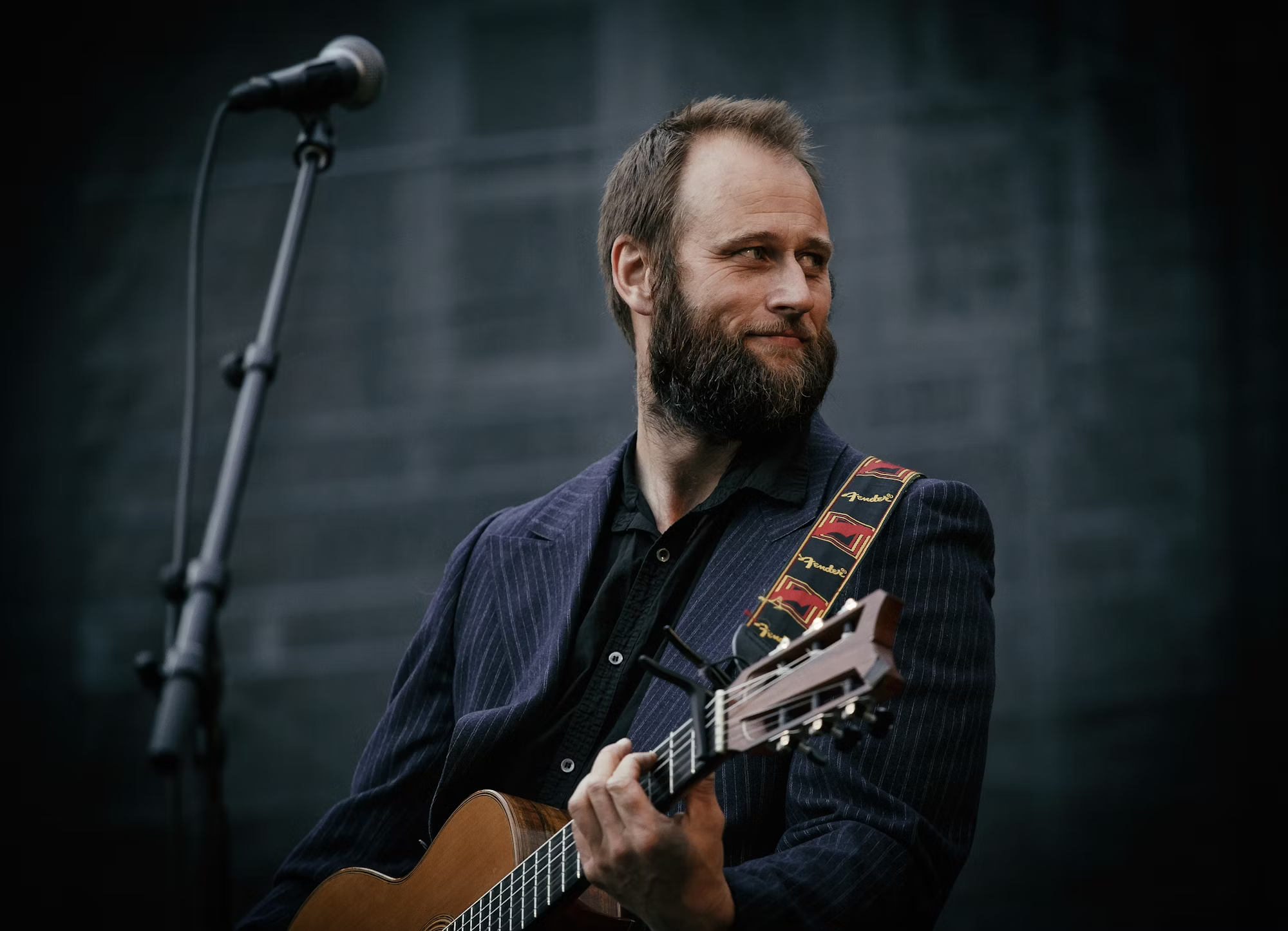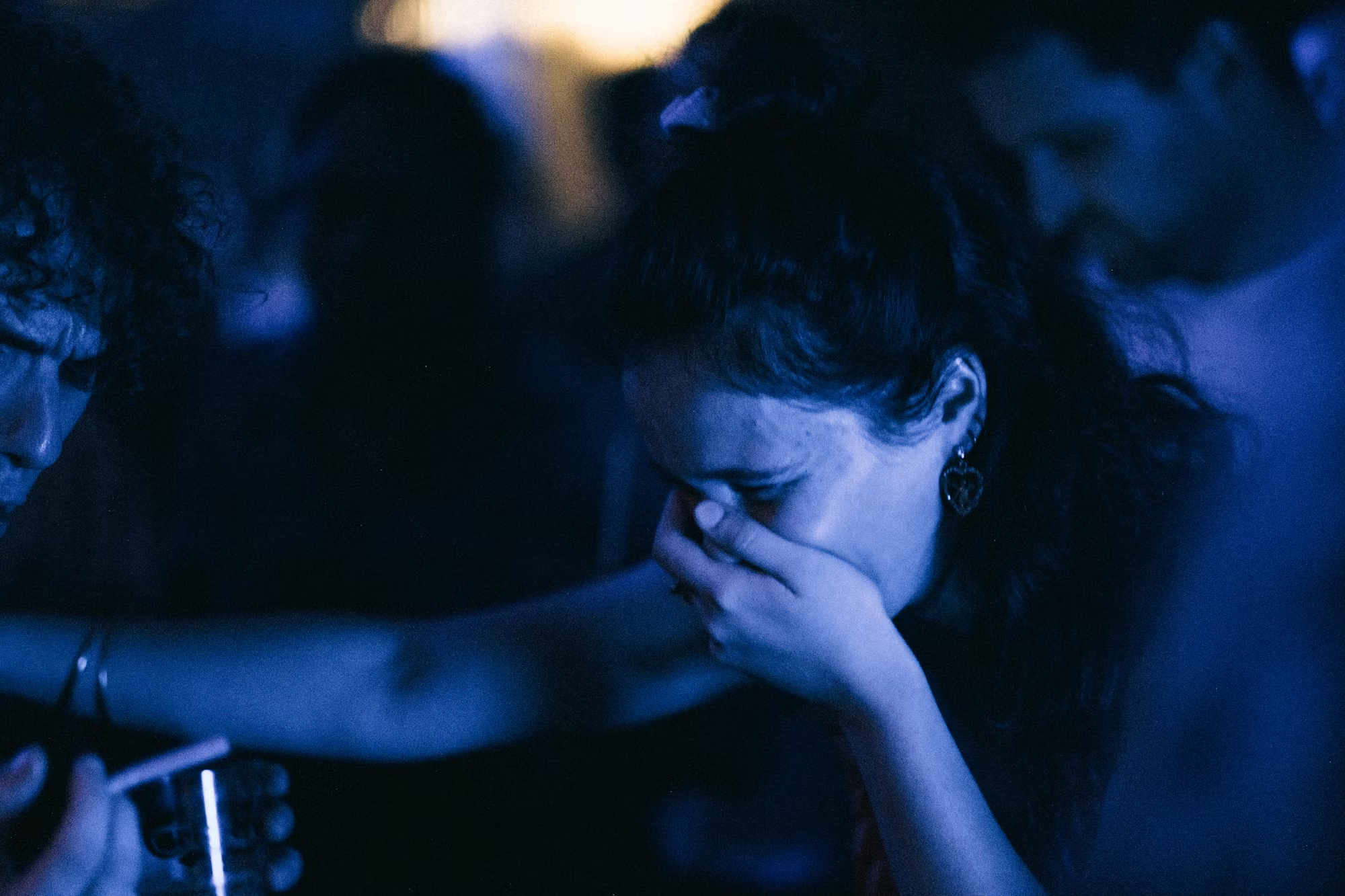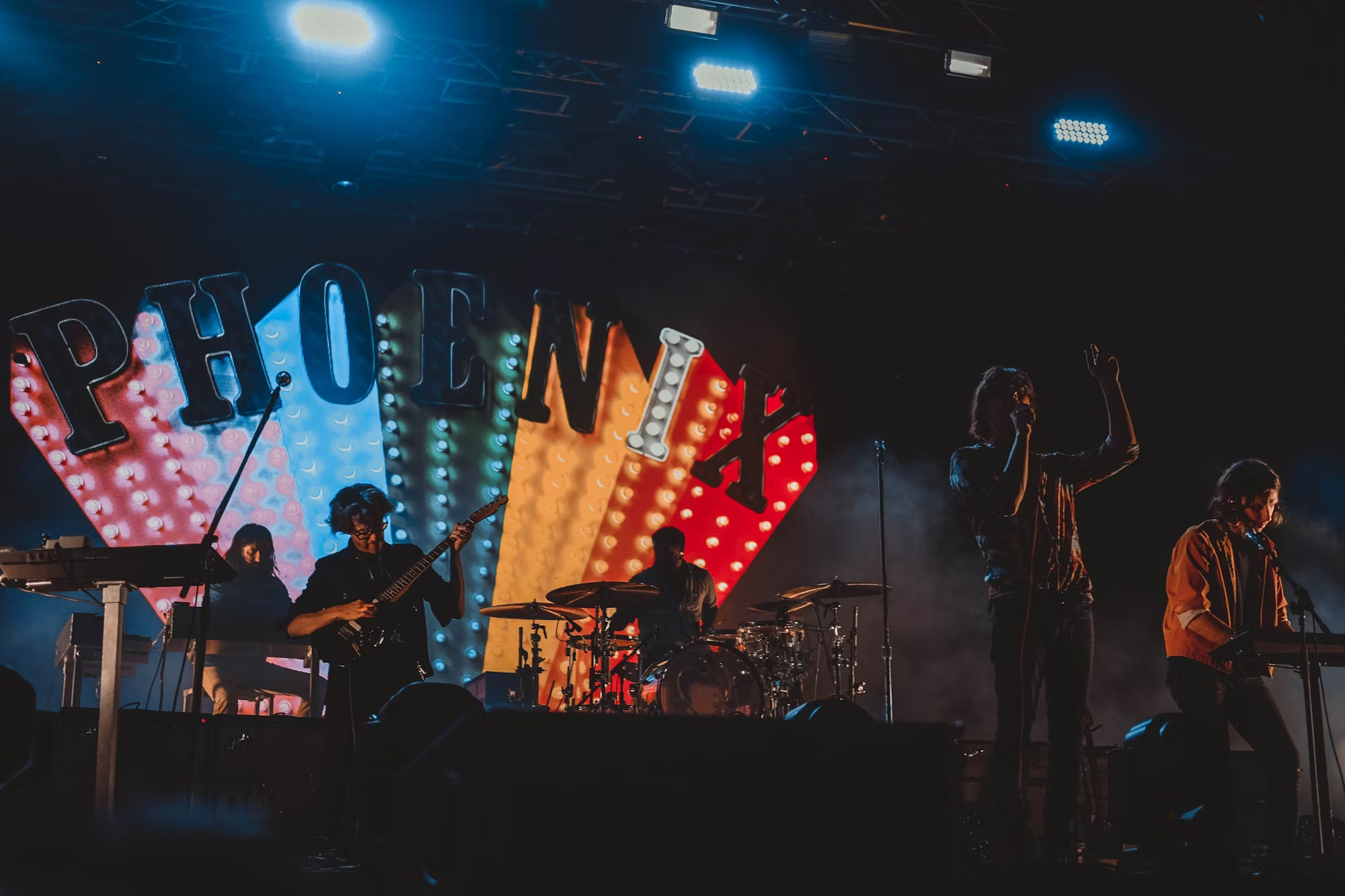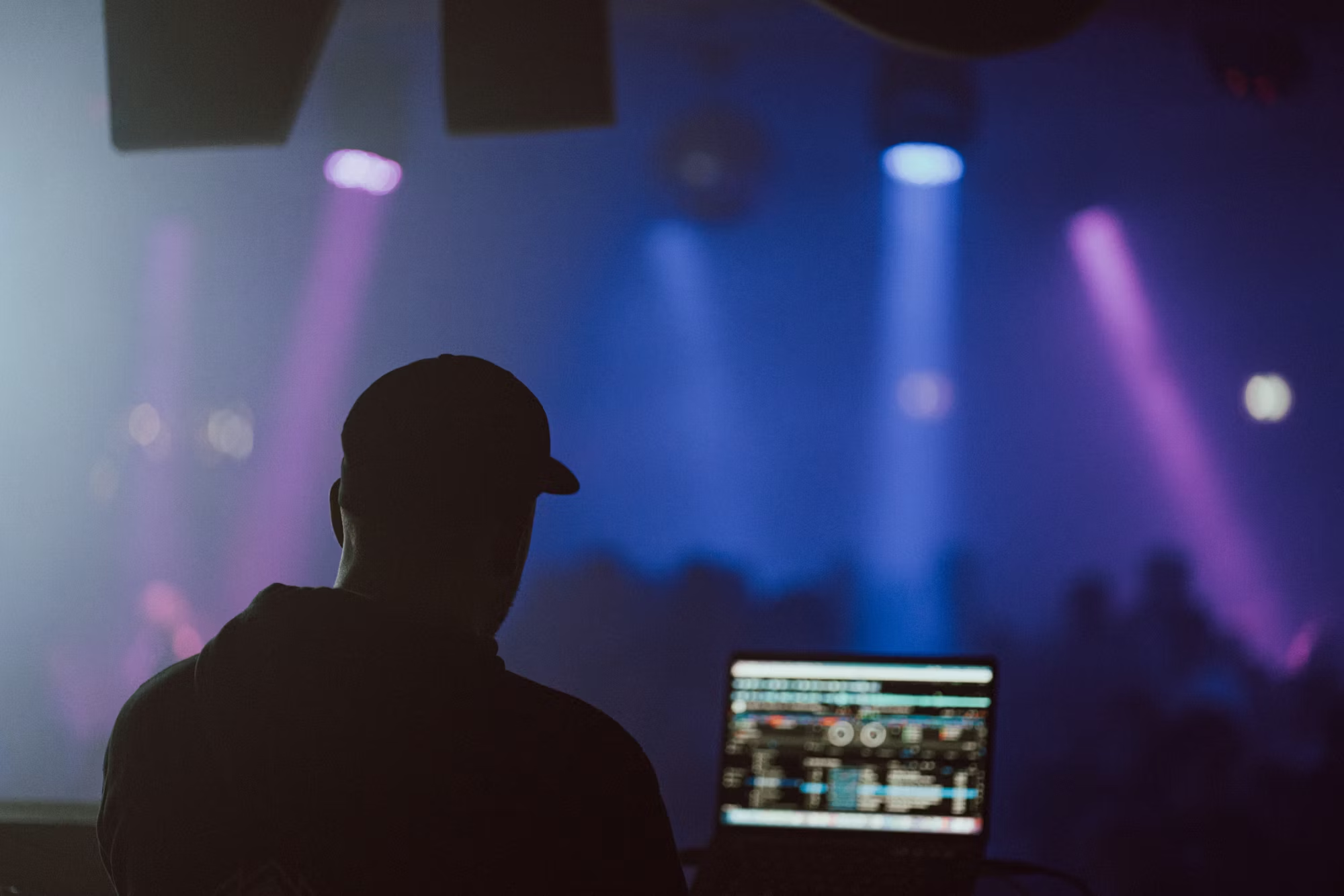Live performances are the heartbeat of the music industry, serving as a dynamic platform for artists to connect with their audiences. The concert experience can vary widely, encompassing everything from intimate solo performances to expansive music festivals. This article delves into the different types of concert formats, their significance, and the unique experiences they offer to music lovers.
Solo Performer Concerts: The Power of One
Solo performer concerts highlight the individual talent and artistry of musicians. Whether it’s a singer-songwriter with an acoustic guitar or a virtuoso pianist captivating an audience with classical masterpieces, these performances showcase the raw essence of music. Solo concerts allow artists to connect deeply with their audience, creating an intimate atmosphere where every note resonates with personal emotion.
One of the most appealing aspects of solo performances is the flexibility they offer. Artists often craft unique setlists that reflect their current mood or the specific venue, providing a fresh experience for each show. This unpredictability keeps fans engaged and makes attending these concerts feel like a special occasion. For instance, artists like Taylor Swift and Ed Sheeran have successfully built careers on their ability to connect with audiences in intimate settings, transforming their concerts into emotional journeys.
Band and Group Performances: Collaboration and Energy
Band performances take the live music experience to another level by introducing the synergy of multiple musicians. Whether it’s a rock band, a jazz ensemble, or a pop group, the collective energy of a group performance can create an electrifying atmosphere. The interaction among band members and the way they feed off each other’s energy is often palpable, making these concerts thrilling for audiences.
In larger bands, each member contributes their unique skills, blending different sounds and styles into a cohesive performance. This collaboration often leads to spontaneous moments on stage, where musicians might improvise or change arrangements on the fly, creating an exhilarating and dynamic environment. Artists like Coldplay and Imagine Dragons exemplify how band performances can captivate audiences, turning concerts into unforgettable celebrations of music and camaraderie.
Orchestral Concerts: The Grandeur of Classical Music
Orchestral concerts offer a different experience, showcasing the beauty and complexity of classical music performed by large ensembles. These concerts typically feature symphony orchestras playing compositions by renowned composers, providing audiences with an opportunity to experience the richness of orchestral sound. The grandeur of a full orchestra, with its diverse range of instruments, creates an immersive auditory experience that transports listeners to another world.
Attending an orchestral concert can feel like a journey through time, as audiences engage with timeless works that have shaped the music landscape. The careful coordination of musicians, led by a conductor, highlights the precision and artistry involved in classical performances. Events like the New York Philharmonic’s annual concerts not only showcase musical talent but also create a sense of community among attendees who share a passion for classical music.
Music Festivals: A Celebration of Diversity
Music festivals have become iconic celebrations of diverse musical genres and cultures. Events like Coachella and Glastonbury attract thousands of fans, creating a vibrant atmosphere filled with music, art, and community spirit. Festivals typically feature multiple stages, showcasing a variety of artists across genres, allowing attendees to explore new music and discover emerging talent.
The experience of attending a music festival goes beyond just the music; it’s about the shared atmosphere of excitement and joy. Fans come together to celebrate their favorite artists while enjoying the festival’s offerings, from food vendors to art installations. The communal experience of singing along with thousands of others creates a sense of unity that is both uplifting and empowering. The diverse lineups often encourage attendees to venture outside their comfort zones, leading to new musical discoveries and friendships.
Unplugged and Acoustic Concerts: Intimacy in Simplicity
Unplugged and acoustic concerts strip down the production to highlight the core essence of music. In these settings, artists perform without electric amplification, focusing on the natural sound of their instruments and voices. This format creates an intimate atmosphere that allows audiences to connect with the artist on a personal level.
Acoustic performances often reveal the vulnerability and authenticity of musicians, as they share their songs in a raw form. This simplicity invites audiences to engage more deeply with the music, appreciating the craftsmanship and storytelling behind each song. Artists like Ed Sheeran and Jack Johnson have gained acclaim for their acoustic performances, which often feature spontaneous moments and heartfelt interactions with fans. This intimate format can create a powerful emotional experience, as audiences feel a sense of closeness to the performer and the music.
Tribute Concerts: Honoring Musical Legends
Tribute concerts have gained popularity as a way to celebrate the music and legacy of iconic artists. These events often feature tribute bands and performers dedicated to recreating the sound and style of beloved musicians. Tribute concerts allow fans to relive the magic of their favorite artists, providing a nostalgic experience that resonates with audiences.
The allure of tribute concerts lies in their ability to evoke cherished memories while introducing new generations to classic music. Tribute acts often strive to capture the essence of the original artists, from their signature looks to their musical arrangements. Events like ’80s and ’90s tribute nights draw fans eager to experience the music of their youth, fostering a sense of community and shared appreciation for the art form. This celebration of music not only honors the original artists but also showcases the talents of the tribute performers, creating a unique experience for audiences.
The Digital Revolution: Virtual Concerts and Livestreams
In recent years, the digital revolution has transformed the concert landscape, introducing virtual concerts and livestreams as new avenues for music consumption. The rise of social media platforms has made it possible for artists to connect with fans worldwide, breaking geographical barriers and expanding access to live performances. This shift has allowed artists to engage with audiences in innovative ways, offering live-streamed concerts that fans can enjoy from the comfort of their homes.
Virtual concerts provide an opportunity for artists to reach broader audiences while still maintaining a level of intimacy. Fans can interact through chat features, sharing their thoughts and reactions in real-time. While virtual performances may lack the physical presence of a live audience, they foster a sense of community among viewers, creating a shared experience despite physical distance. As artists adapt to this new landscape, the blending of in-person and virtual experiences will likely shape the future of live music.
The Future of Concert Experiences
As we look to the future, the concert landscape will continue to evolve, influenced by changes in technology, audience preferences, and cultural trends. The integration of augmented reality and interactive elements into live performances may offer new ways for fans to engage with artists and the music itself. Additionally, the resurgence of local music scenes and smaller venues will play a vital role in nurturing new talent and fostering creativity.
The enduring appeal of live music lies in its ability to create connections and shared experiences. Whether through the intimacy of a solo performance, the energy of a band concert, or the celebration of a festival, live music will continue to inspire and unite people. As artists explore new formats and approaches, the magic of concert experiences will remain a vital part of the music industry for generations to come.
